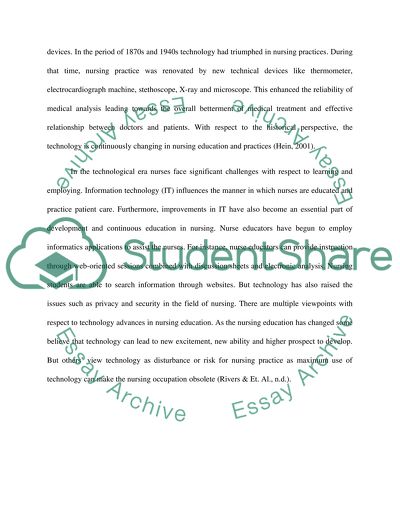Cite this document
(“Innovation in Nursing Education Term Paper Example | Topics and Well Written Essays - 3750 words”, n.d.)
Retrieved de https://studentshare.org/nursing/1391459-innovation-in-nursing-education
Retrieved de https://studentshare.org/nursing/1391459-innovation-in-nursing-education
(Innovation in Nursing Education Term Paper Example | Topics and Well Written Essays - 3750 Words)
https://studentshare.org/nursing/1391459-innovation-in-nursing-education.
https://studentshare.org/nursing/1391459-innovation-in-nursing-education.
“Innovation in Nursing Education Term Paper Example | Topics and Well Written Essays - 3750 Words”, n.d. https://studentshare.org/nursing/1391459-innovation-in-nursing-education.


